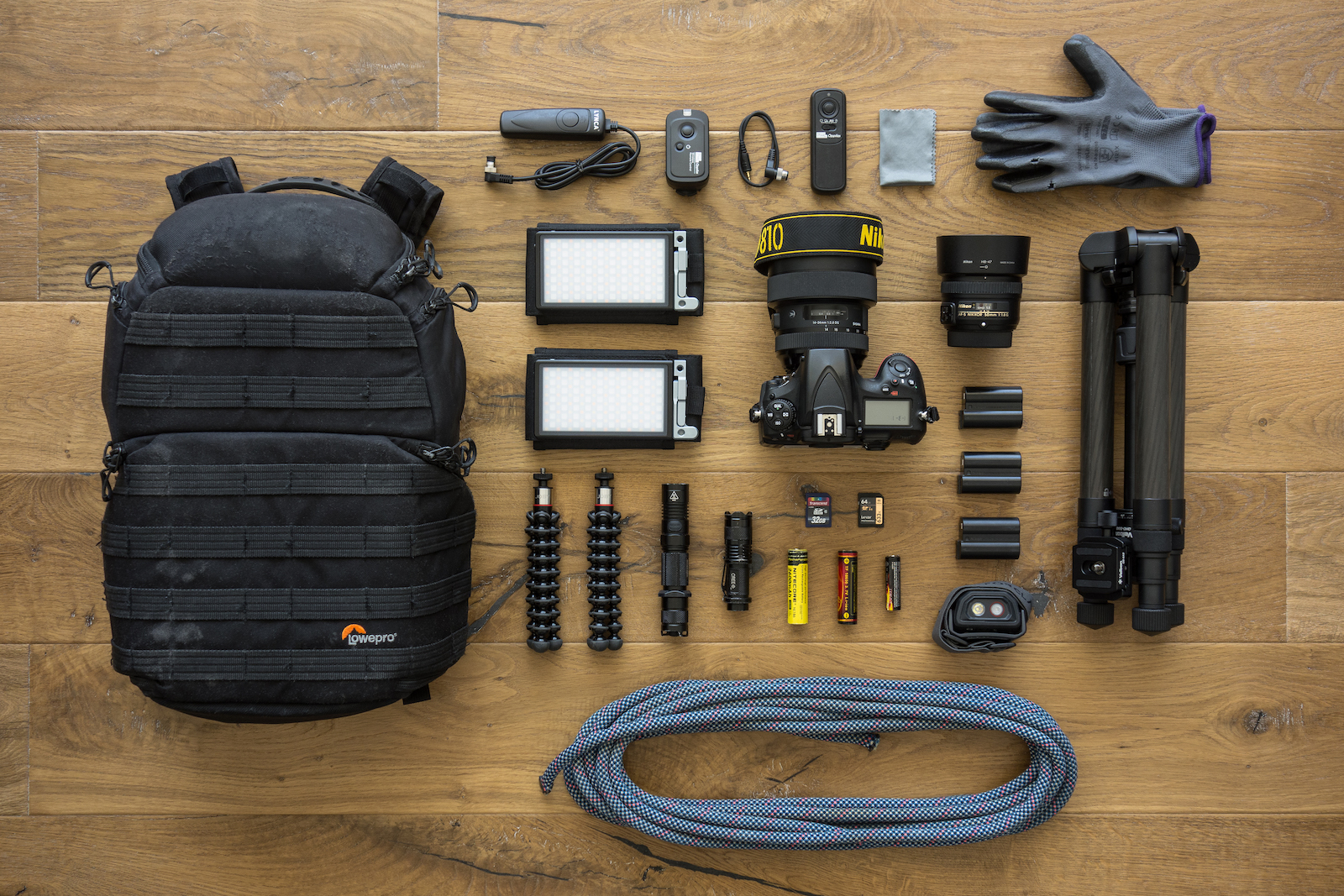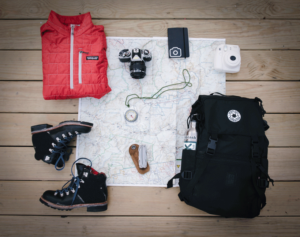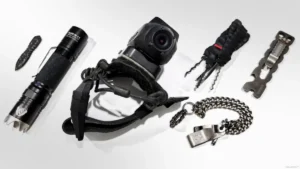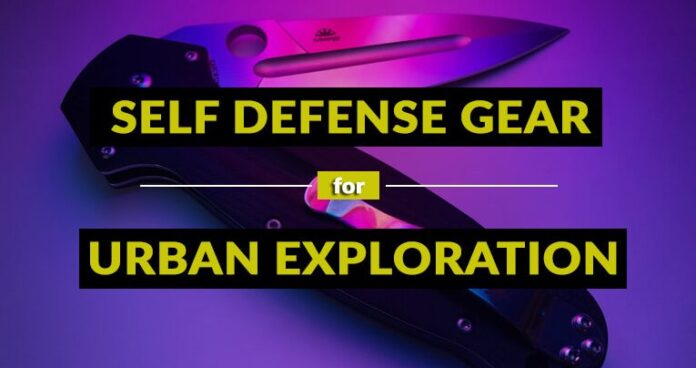
Urban exploration, or “urbex,” is the thrilling hobby of exploring abandoned or off-limits urban environments. Whether you’re new to urban exploration or a seasoned explorer, having the right gear is crucial for safety and success. In this guide, we’ll cover the top urban exploration gear for 2024, highlighting must-have tools for every explorer.
1. Quality Backpack
A durable and spacious backpack is essential for carrying all your gear. Look for one with multiple compartments, water resistance, and comfortable straps. Brands like Osprey and Deuter offer excellent options.
2. Sturdy Footwear
Urban exploration often involves navigating rough terrain, so sturdy, comfortable footwear is a must. Hiking boots or trail shoes with good grip and ankle support are ideal. Consider brands like Merrell or Salomon for reliable options.
3. Protective Clothing
Long pants, a long-sleeved shirt, and a jacket made from durable materials can protect you from sharp objects, rough surfaces, and harsh weather. Brands like Columbia and North Face offer rugged outdoor clothing suitable for urbex adventures.
4. Gloves
A good pair of gloves can protect your hands from cuts and scrapes. Look for gloves with reinforced palms and fingers, like those from Mechanix Wear or Carhartt.
5. Headlamp and Flashlights
Reliable lighting is crucial when exploring dark or poorly lit environments. A headlamp allows hands-free operation, while a powerful flashlight can help you navigate and signal if needed. Brands like Petzl and Fenix are popular among explorers.
6. First Aid Kit
Accidents can happen, so always carry a first aid kit. Include essentials like bandages, antiseptic wipes, pain relievers, and tweezers. Adventure Medical Kits offer comprehensive and compact first aid solutions.
7. Camera and Accessories
Documenting your exploration is part of the fun. A good camera, whether a DSLR, mirrorless, or even a high-quality smartphone, is essential. Bring extra batteries, memory cards, and a tripod for capturing long exposures in low light.
8. Multi-Tool
A multi-tool can be incredibly handy for various tasks, from cutting through obstacles to fixing gear. Look for models from Leatherman or Victorinox, known for their reliability and versatility.
9. Respirator Mask
Many abandoned sites can have hazardous air quality due to dust, mold, or chemicals. A respirator mask with replaceable filters can protect your lungs. 3M offers several effective models suitable for urban exploration.
10. Rope and Climbing Gear
If you plan to explore vertically, climbing gear such as ropes, harnesses, and carabiners is essential. Ensure you have proper training and safety knowledge before using this equipment. Brands like Black Diamond and Petzl are trusted by climbers.
11. Portable Charger
Keep your electronics powered with a portable charger. High-capacity power banks from Anker or RAVPower can keep your phone, camera, and other devices running throughout your adventure.
12. Notebook and Pen
Document your findings, sketch maps, or jot down notes with a durable notebook and pen. Waterproof notebooks from Rite in the Rain are perfect for urban exploration.
13. Navigation Tools
A reliable GPS device or smartphone app can help you navigate unfamiliar territories. Offline maps can be particularly useful in areas with poor signal. Apps like Gaia GPS or devices from Garmin are recommended.
14. Emergency Whistle
An emergency whistle can be a lifesaver if you need to signal for help. It’s a small but essential piece of gear that can alert others to your location in case of an emergency.
15. Water and Snacks
Staying hydrated and energized is important. Carry enough water and high-energy snacks like protein bars or trail mix to keep you going.
16. Emergency Blanket
An emergency blanket can provide warmth and protection in case you get stranded or need to wait for help. They are lightweight and compact, making them easy to carry.
Conclusion
Urban exploration can be a thrilling and rewarding hobby, but it’s essential to be well-prepared. Investing in the right gear can make your adventures safer and more enjoyable. Remember to always prioritize safety, respect the sites you explore, and follow local laws and regulations. With the right equipment and a spirit of adventure, 2024 can be your best year for urban exploration yet.
Community-Led Initiatives in Sustainable Forestry: Success Stories and Best Practices
Sustainable forestry is a critical component in the fight against climate change and biodiversity loss. Community-led initiatives have emerged as powerful tools for managing forests sustainably, ensuring that local communities benefit from and take part in conservation efforts. In this article, we explore success stories and best practices from around the world.
1. Collaborative Forest Management in Nepal
Nepal’s community forestry program is a leading example of successful community-led forest management. Initiated in the late 1970s, this program has empowered local communities to manage forests sustainably, resulting in improved forest health and increased biodiversity. Key practices include:
- Community Ownership: Local communities are granted legal rights to manage and use forest resources.
- Participatory Planning: Communities develop and implement management plans based on local knowledge and needs.
- Capacity Building: Training and support are provided to enhance community skills in sustainable forest management.
2. Indigenous Leadership in Brazil’s Amazon
Indigenous communities in the Brazilian Amazon have long practiced sustainable forest management. Their traditional knowledge and stewardship have proven effective in preserving vast tracts of the rainforest. Success factors include:
- Land Rights: Legal recognition of indigenous territories has been crucial in enabling sustainable management.
- Traditional Knowledge: Indigenous practices, such as rotational agriculture and selective logging, are inherently sustainable.
- Monitoring and Enforcement: Communities actively monitor and protect their territories from illegal activities.
3. Participatory Forest Management in Tanzania
Tanzania’s participatory forest management (PFM) initiatives have led to significant improvements in forest conditions and livelihoods. PFM involves local communities in the management and benefit-sharing of forest resources. Effective strategies include:
- Joint Management Agreements: Forests are co-managed by communities and government authorities.
- Benefit Sharing: Communities receive a share of revenues from forest products, creating economic incentives for conservation.
- Capacity Building: Training programs enhance community skills in forest management and conservation techniques.
4. Agroforestry in Central America
Agroforestry, the integration of trees into agricultural systems, has been successfully implemented in Central America, benefiting both forests and farmers. Notable achievements include:
- Diversified Income: Farmers generate income from multiple sources, reducing dependence on a single crop.
- Soil Health: Trees improve soil fertility and structure, enhancing agricultural productivity.
- Biodiversity Conservation: Agroforestry systems provide habitat for a variety of species, contributing to biodiversity conservation.
5. Reforestation Efforts in Kenya
In Kenya, community-led reforestation projects have restored degraded landscapes and improved local livelihoods. Key elements of these projects are:
- Tree Planting Initiatives: Communities plant native tree species to restore degraded areas.
- Sustainable Livelihoods: Projects provide alternative income sources, such as beekeeping and eco-tourism.
- Education and Awareness: Community education programs promote the benefits of reforestation and sustainable land use.
Best Practices for Community-Led Sustainable Forestry
- Legal Frameworks: Establish clear legal frameworks that recognize and support community rights to forest resources.
- Inclusive Participation: Ensure that all community members, including women and marginalized groups, are involved in decision-making processes.
- Capacity Building: Invest in training and education to enhance community skills in sustainable forest management.
- Benefit Sharing: Develop mechanisms for equitable sharing of benefits from forest resources.
- Monitoring and Evaluation: Implement robust monitoring and evaluation systems to track progress and adapt management practices as needed.
- Partnerships: Foster partnerships between communities, governments, NGOs, and the private sector to support sustainable forestry initiatives.
Conclusion
Community-led initiatives in sustainable forestry offer a viable path to conserving forests while improving local livelihoods. By learning from success stories and adopting best practices, we can support communities in their efforts to manage forests sustainably. The examples from Nepal, Brazil, Tanzania, Central America, and Kenya demonstrate that when communities are empowered and supported, they can become effective stewards of the world’s forests.




